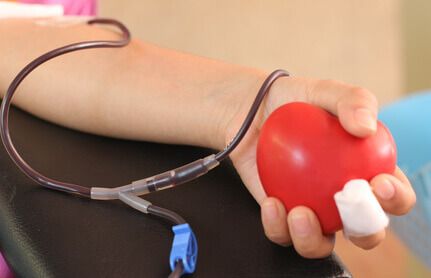In the subgroup of patients with ST-segment elevation myocardial infarction who fail thrombolysis, transradial access reduces both bleeding and mortality, according to the results of this new study recently published in JACC Cardiovascular Interventions.
Overall, transradial access following failed thrombolysis was associated with a 70% reduction in vascular complications, a 28% reduction in combined in-hospital events, and a 55% reduction in bleeding when compared with transfemoral access.
Read also: “Though on the Rise, the Transradial Approach to Primary PCI Remains Underused”.
Most importantly, transradial access was associated with a 41% reduction in the risk of in-hospital mortality and a 28% reduction in death at 30 days.
Primary angioplasty is the current gold-standard treatment for patients undergoing infarction. However, thrombolysis is still a fundamental tool when primary angioplasty cannot be delivered within a reasonable time window; that is true all over the world.
Almost a quarter of all patients undergoing acute myocardial infarction in developed countries undergo thrombolysis due to problems in their fast access to primary angioplasty. Figures are much higher in developing countries. In fact, a study carried out in 2011 in Argentina showed that almost 40% of all patients are not treated with any reperfusion strategy.
Read also: “The transradial approach reduces the risk of kidney injury in acute patients”.
A relatively high percentage of patients receiving thrombolysis will fail to reperfuse correctly and will have to undergo rescue angioplasty.
This is an extreme-risk population, for both bleeding and frequent hemodynamic instability. Sadly, this tilts the scales for many operators who then choose a transfemoral approach.
This work used the British Cardiovascular Intervention Society (BCIS) database, which includes 10,209 patients between 2007 and 2014 who underwent angioplasty following thrombolysis. During that time, the use of angioplasty after thrombolysis declined significantly, down from 38% in 2007 to 1.2% in 2014. Conversely, there was an uptake of transradial access use, from 43% in 2009 to 82% in 2012.
Read also: “Transradial access shows no benefit of bivalirudin”.
The in-hospital 30-day and 1-year mortality rates among the 4959 patients treated with transradial access were 1.8%, 3.7%, and 5.6%, respectively, while among the 5250 patients treated with rescue angioplasty through transfemoral access, the mortality rates were higher in all timepoints, even after all adjustments (4.7%, 7.5%, and 9.8%, respectively).
In August, the European Society of Cardiology updated their guidelines for the management of acute myocardial infarction patients and the transradial access was awarded a class IA indication.
This is a clear message for interventional cardiologists who are yet to evolve to transradial access.
Original title: Impact of Access Site Practice on Clinical Outcomes in Patients Undergoing Percutaneous Coronary Intervention Following Thrombolysis for ST-Segment Elevation Myocardial Infarction in the United Kingdom.
Reference: Rashid M et al. J Am Coll Cardiol Intv. 2017;10:2258-2265.
Subscribe to our weekly newsletter
Get the latest scientific articles on interventional cardiology
We are interested in your opinion. Please, leave your comments, thoughts, questions, etc., below. They will be most welcome.





